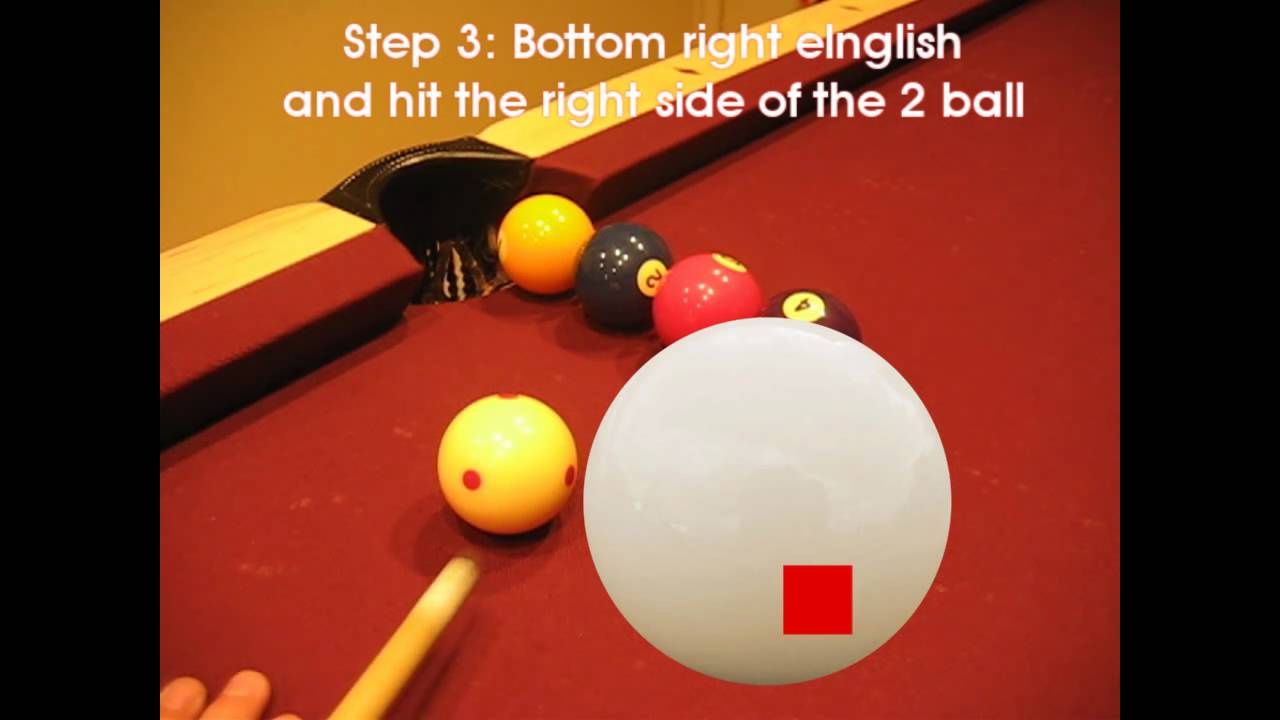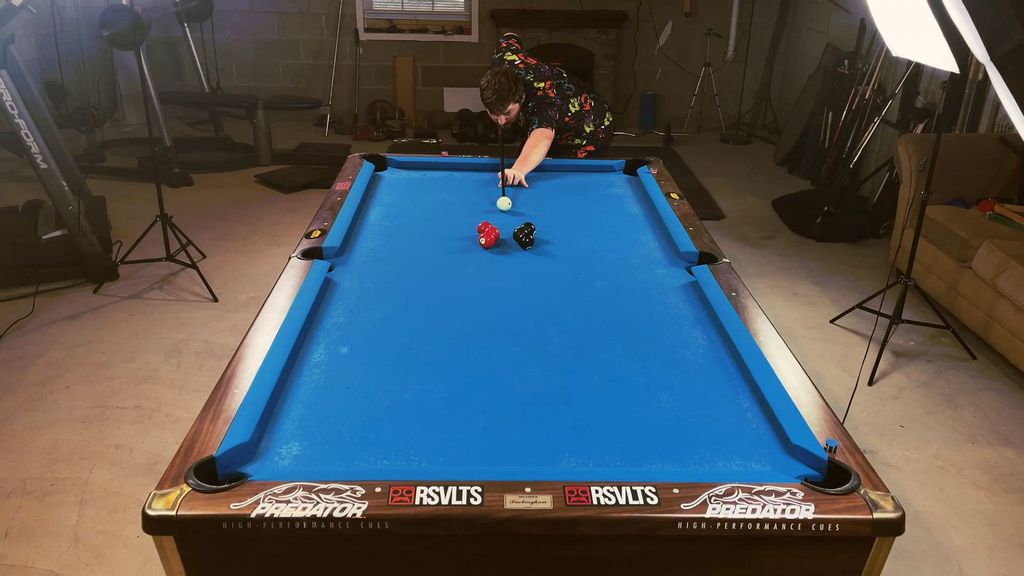
Pool balls come in a variety of colors and designs depending on where they are made and what resin or plastic is used. A good quality ball can make a big difference when you play pool. It is also crucial for your professional skills. You can count on your quality balls to last a long time.
The original pool balls were made of wood. As the game evolved, producers sought to find better materials to satisfy the growing demand for high-quality ball. Ivory pool balls were popular in the 17th century because they were sturdy and smooth. It was also a relatively inexpensive material to make. Unfortunately, the population of elephants began to decline in the late 19th century and manufacturers started looking for alternatives.

In 1907, Leo Baekeland, an American chemist, invented bakelite, a plastic that is made from polymers. In the 1920s, bakelite was popular as a choice for pool balls. Bakelite was less volatile and more durable than celluloid. It was easy to make and didn't explode. Although it is a kind of plastic, it's not the same resin as today. It is a thermosetting plastic that cannot be melted again.
The next type was a plastic made from a mixture nitrocellulose and alcohol. This is the phenolic or phenolic resin. Circuit boards can also use phenolic resin. The resin is strong and robust, making it the preferred material for pool balls. It is used in making pool balls, in a manner similar to bakinglite.
Another plastic that is used for pool balls is polyester. Polyester is less expensive than phenolic resin. However, polyester does not keep its shine as long as the phenolic. Furthermore, polyester is not very resilient. Polyester pool balls tend to be less durable than those made from other materials. They also don't last as well as phenolic-resin balls.
In 1923, a Belgian company named Saluc specialized in manufacturing pool balls. Saluc is best known for Aramith, a company that makes pure phenolic-resin balls. Aramith balls are made from a mixture of phenolic and bakelite resin. A thermosetting plastic, phenolic resin is durable. It can last up to 40 years. It can be used to make volleyball balls. These are strong and can withstand upto 400,000 impacts.

Apart from the above, pool balls can also be made with other types plastic. Although polyester pool balls can be cheaper, they are not as durable as phenolic rubber balls. Also, polyester pool balls are not as durable as phenolic pool balls. However, they can be purchased at a low cost and are durable enough for beginners. The best pool balls for tournaments are made of phenolic resin, but they can be expensive.